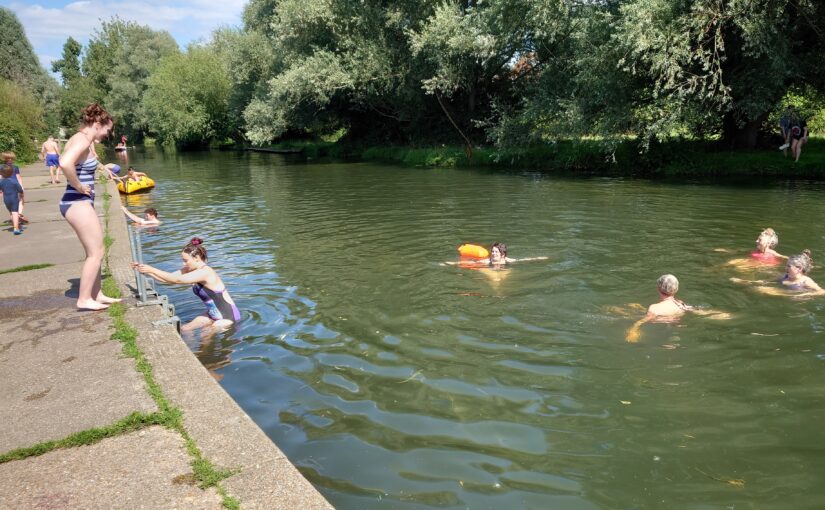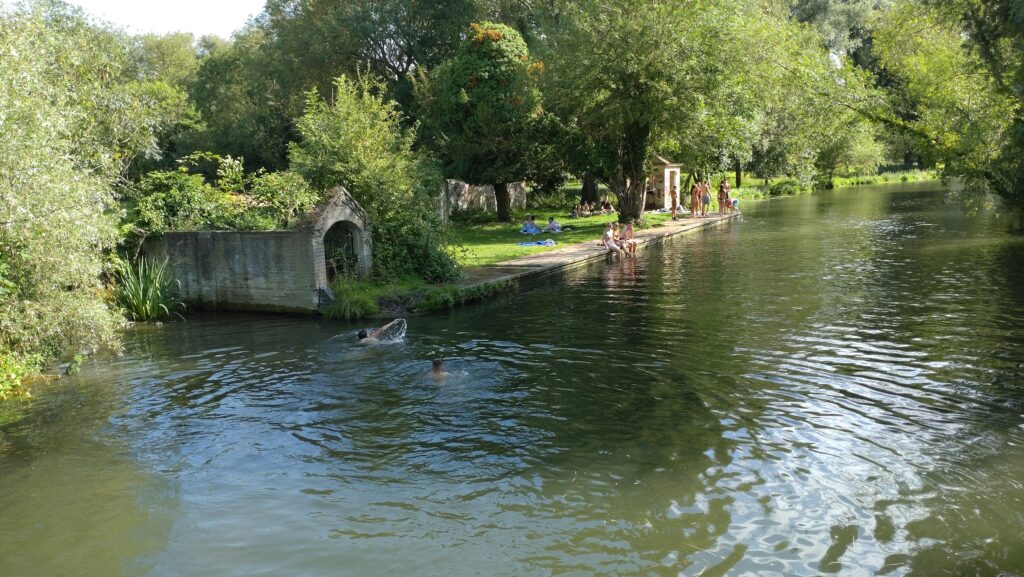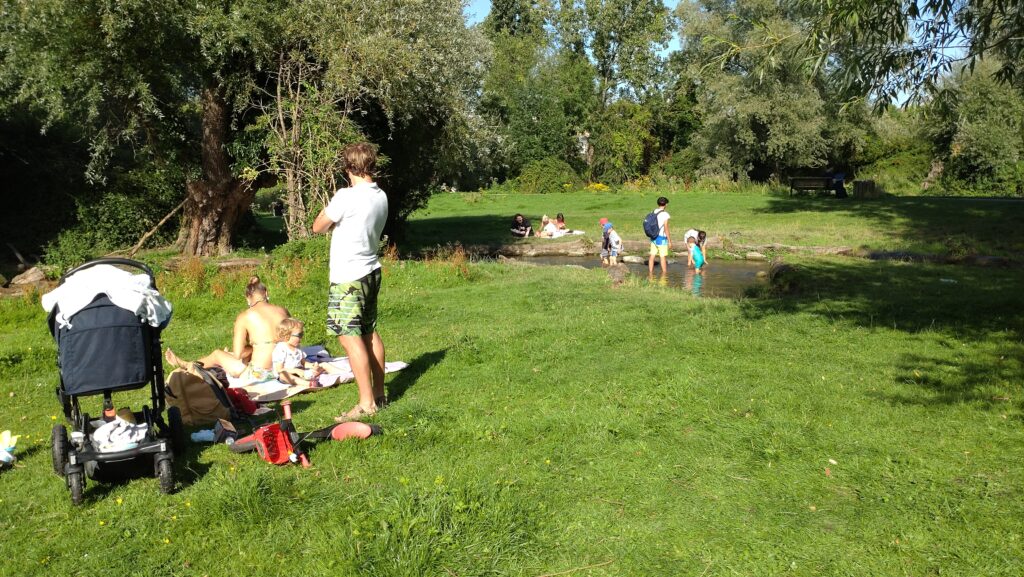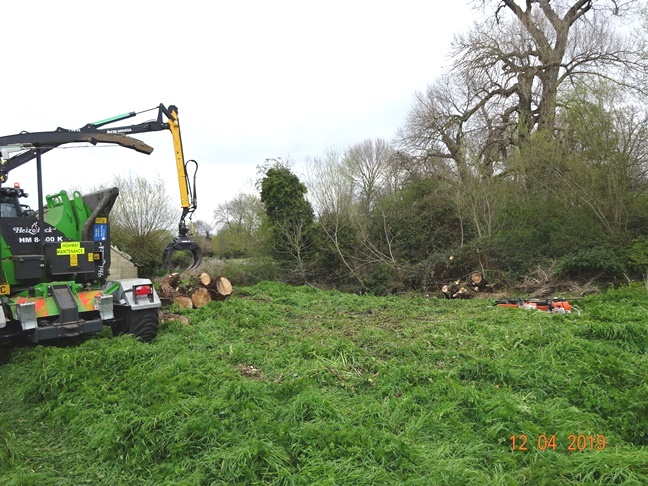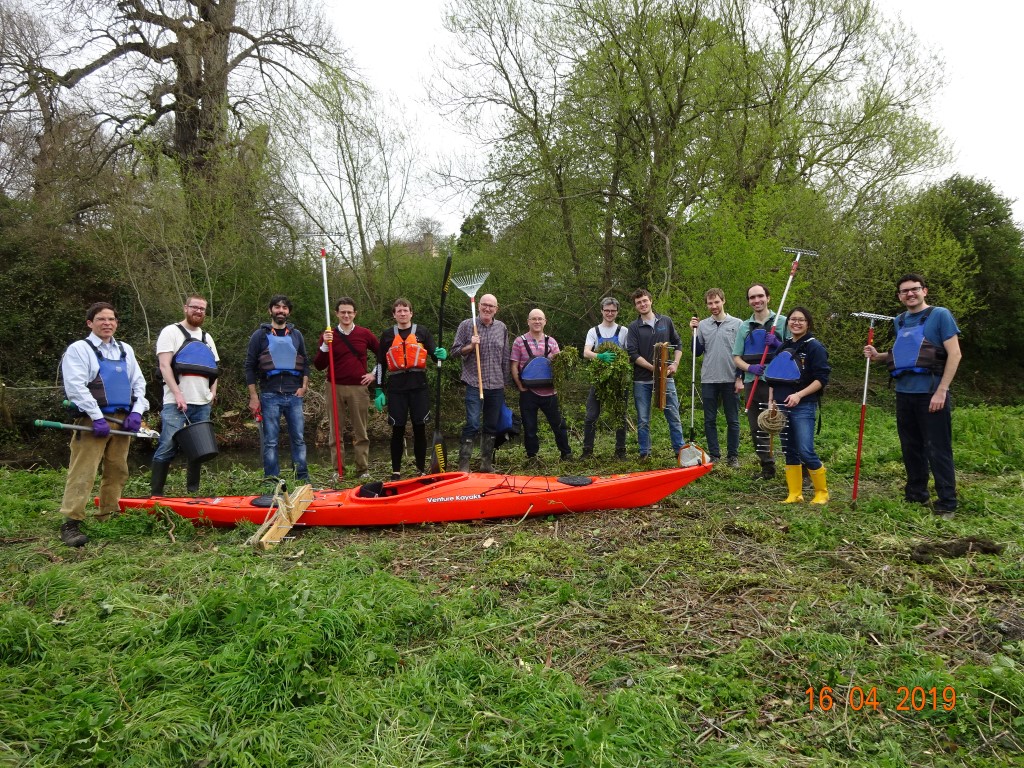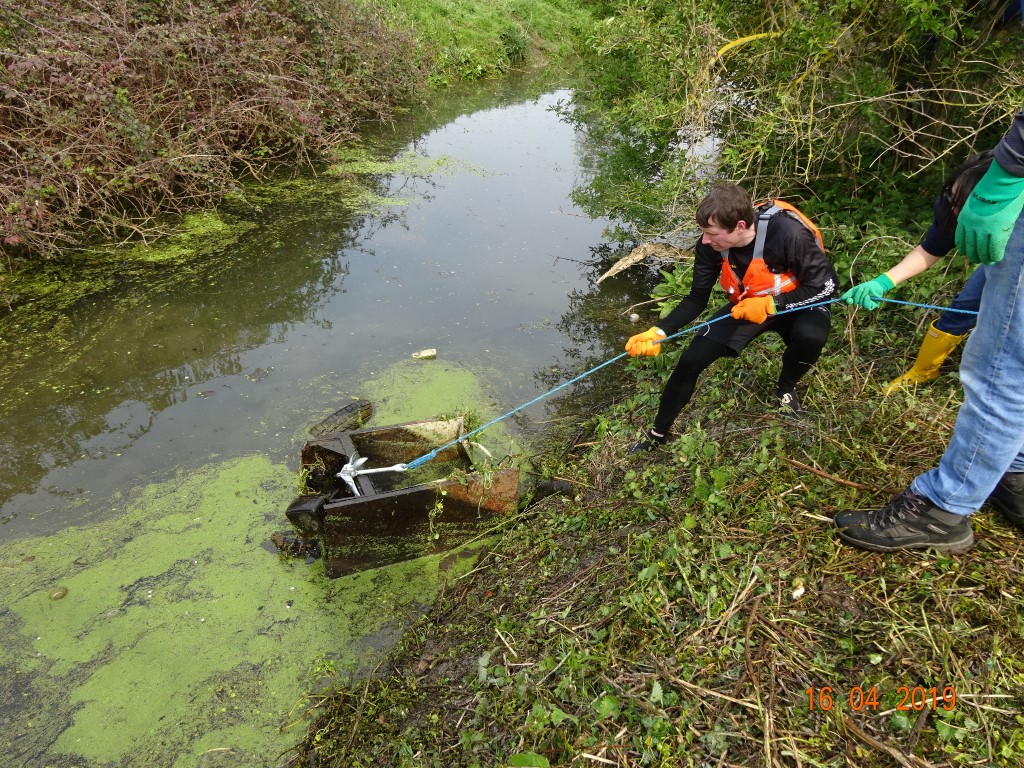How does designation help clean up the river?
Designation is a powerful tool to accelerate the cleanup of the river. Firstly, because it shines an official spotlight on the water quality. Secondly, because the water quality here will almost certainly be rated as “poor” it imposes Statutory Obligations on industry to reduce the pollution from sewage works, urban sewage overflows and agricultural slurry. Unlike general non-statutory calls to reduce pollution, the water industry responds to these Statutory Obligations, so this prioritises and drives real change. Some of the key pieces of legislation are the ‘Bathing Water Regulations 2013’ , WINEP, which governs the water industry funding and WISER (Water Industry Strategic Environmental Requirements) As explained here, following designation, Ofwat are likely to require the work to be completed by 2027. Without the statutory “Driver” of Bathing Water Designation, Anglian Water could take as long as they liked, so the improvements would be likely to take much longer…. maybe decades.
Designation helps accelerate the cleanup, but we’ll need to keep up the pressure for wider change too. Ultimately, we need to change our relationship with the natural world, so water can be good quality everywhere. However, this will probably take decades and the whole farming and water management system will need to change.
I’ve heard that areas with Designated Bathing Water status MUST promote bathing in the area, which will increase the number of visitor. Is this true
No. This is completely false
The rumour probably results from the line in the Bathing Water Regulations 2013
“3.—(1) Part 1 of Schedule 2 lists the surface waters that have been identified in England, other than excluded pools and waters, at which the Secretary of State expects a large number of people to bathe, having regard in particular to past trends and any infrastructure or facilities provided, or other measures taken, to promote bathing at those waters.”
We are informed that this means that it is a site that existing bathers use, with no signage prohibiting swimming, and where there are pre-existing facilities or infrastructure, such as steps, that support bathing.
We’ve also had confirmation from Clean River Ilkley that designation is not about marketing, and does not increase the number of visitors

Will designation increase the numbers of people coming to Sheep’s Green and the nearby Paradise Local Nature Reserve?
In the short term, no. We are counting “bathers” this summer, and we qualify for designation. (Defra require an average of over 100/ day on the 2 busiest days, and we counted 237 on 10 August and 184 on 19 August and 478 on 10 September)
We know the water quality on the Cam is very likely to be rated as “poor” which will require the council to put up a sign saying “Bathing is not advised”. This will deter rather than encourage swimmers. The experience of other river groups, such as at Ilkley in Yorkshire, is that designation has made no difference to numbers.
However, 3-5 years time, hopefully the water quality downstream from Haslingfield Sewage Works will have improved (something we’ve all been campaigning for). More people are then likely to feel safe enough to swim in the Cam at Byron’s Pool, Grantchester Meadows and Sheep’s Green.
We welcome more people connecting with nature, particularly in our highly unequal city.
When considering the Sheep’s Green area, it’s important to remember that the vast majority of the people that come to the area, do so to access the Lammas Land paddling pool, playground, cafe and local walks. When we counted visitors to Lammas Land and Sheeps Green on 19 August 3:40pm-3:55pm, only 2% were swimming in the river. This means that even if the number of wild swimmers at Sheep’s Green does ultimately increase, it will make very little difference to the overall numbers in the area.
Why choose Sheep’s Green, when most people swim at Grantchester Meadows?
Defra only allow applications from inland sites if there are toilets within 500m, and if it’s a short stretch of less than 500m. This ruled out applying for Grantchester Meadows. Nevertheless, designation will benefit the whole river between Haslingfield and Cambridge, and people will remain free to swim anywhere.
I’ve heard the council wants it to become a “Destination”. Won’t this increase numbers?
This rumour is based on a misunderstanding. It may have come from the section of the city council motion on 20 July that ‘affirms the goal …of having the water management plan for our chalk streams based on being an ‘environmental destination’ with subsequent protection as sites of Special Scientific Interest (SSSI)”.
Note that in water resource management government jargon, an “environmental destination” means a “long term goal”, not a “destination” in the tourism sense of the word. The council motion is about getting a higher level of protection for the chalk streams from abstraction, which is something we very much welcome.
Cllr Katie Thornburrow has confirmed that the City Council has NO plans to turn Sheep’s Green into a vistor destination, and none have been discussed
I’ve heard the council will have to build showers and changing rooms and dredge the river. Is this true?
No. Bathing Water Designation is for the benefit of current “bathers”. Theres no requirement to improve facilities, or to carry out any other changes.
I’ve heard people calling it a Designated Bathing Area or DBA, saying that this means it’s obvious its intended to attract people to a small designated area. Is this correct?
No. The correct name, used by Government is “Designated Bathing Water.” This is because bathing is NOT restricted to a small area. In a river, water flows though the site, so a large stretch of river benefits from clean-up as a result of designation .
Are you independent?
Cam Valley Forum is a voluntary group, established in 2001, registered with HMRC as charitable. We are entirely independent, and politically neutral.
As our website states, “We work with our extensive network of partners to protect and improve the environment of the River Cam and its tributaries” We frequently criticise the water companies and others for pollution and over-abstraction.
In 2021, when our volunteers started monitoring the Cam for faecal bacteria (ie bacteria from poo), we received a small grant of £1,500 from Anglian Water as a contribution towards the costs of laboratory analysis. In September 2022, Anglian Water took over the test program, and they are providing us with test results until September 2023. We are publishing these on our website here.
We think the public deserve to have more reliable, independent information on water quality, than that provided by volunteer citizen scientists like us, or by the Water Company itself. This is why we welcome the help of a very experienced and professional body like the Environment Agency, who have responsibility for monitoring Designated Bathing Water sites.
Will it be 100% safe?
Bathing Water Designation will reduce the chance of diarrhoea and vomiting from ingesting faecal bacteria.
Most people who swim in the Cam do so without problems, however wild swimming is never 100% safe, so you should make your own judgement (and keep your mouth shut while swimming). For certainty about safety, we advise swimming in swimming pools like Kelsey Kerridge, Abbey and Jesus Green Lido where the water is filtered and chlorinated, and the pool is supervised by lifeguards.
If the site becomes a Designated Bathing Water site, the City Council will have to display the Environment Agency’s annual water quality rating, in order to help inform the public of the level of risk. In addition to this, we are also encouraging the Council to display some Wild Swimming safety advice, as Oxford City Council has done at their Designated Bathing Site.


